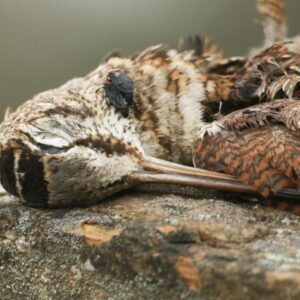Injured Bird Awareness
Perhaps you’re sitting in your home, or outside on the porch and you hear a thud against a window. Maybe you’re walking and see a small frame laying or hopping amidst the grass or leaves. It’s all too common to find a bird who has been injured or is unable to fly. But what do you do when you find a feathered friend in need of assistance?
According to statistics from the Swiss Ornithological Institute over 1 billion birds collide with structures or are injured in some other form a year. Out of these one billion birds, many do not survive due to trauma or internal injuries.
In order to help a bird you’ve found that has suffered injuries due to a collision, or some other form of trauma, you need to understand both what to do and what not to do. FLAP Canada (Fatal Light Awareness Program) provides comprehensive information on what to do and what not to do to help a birds chances of survival.
What Can I Do?
Information provided by FLAP Canada and Safe Wings Ottawa highlight multiple things one can do should they ever be in a position to save one of our feathered friends.
- Take Action: The first and most important thing you should do is act quickly when finding an injured bird. An injured bird is most likely incapacitated and very vulnerable to predators.
- Dark Space is Good Space: A bird that has collided with a building and survived will be quite dazed and sitting on the ground near the building. A dazed or injured bird needs a dark safe space to recover. Use a box or unwaxed paper bag to gently place the bird into. If it recovers in the hour, great! In this case you will hear movement from within the container you’ve used. If it doesn’t then please go to step 3. ↓
- Take the Bird to a Rehabilitation Center: If the bird has suffered extensive injury such as, broken bones, swollen eyes, broken beak, or is unresponsive following one hour, then please take the bird to a wildlife center where it can be properly looked after. Organizations, like Safe Wings in Ottawa, will provide advice about the bird’s injuries.
- Do Not Overhandle the Bird: It is important to only handle the injured bird as much as you have too. But also note that handling an injured bird does not pose a significant health risk to humans but make sure to wash your hands.



